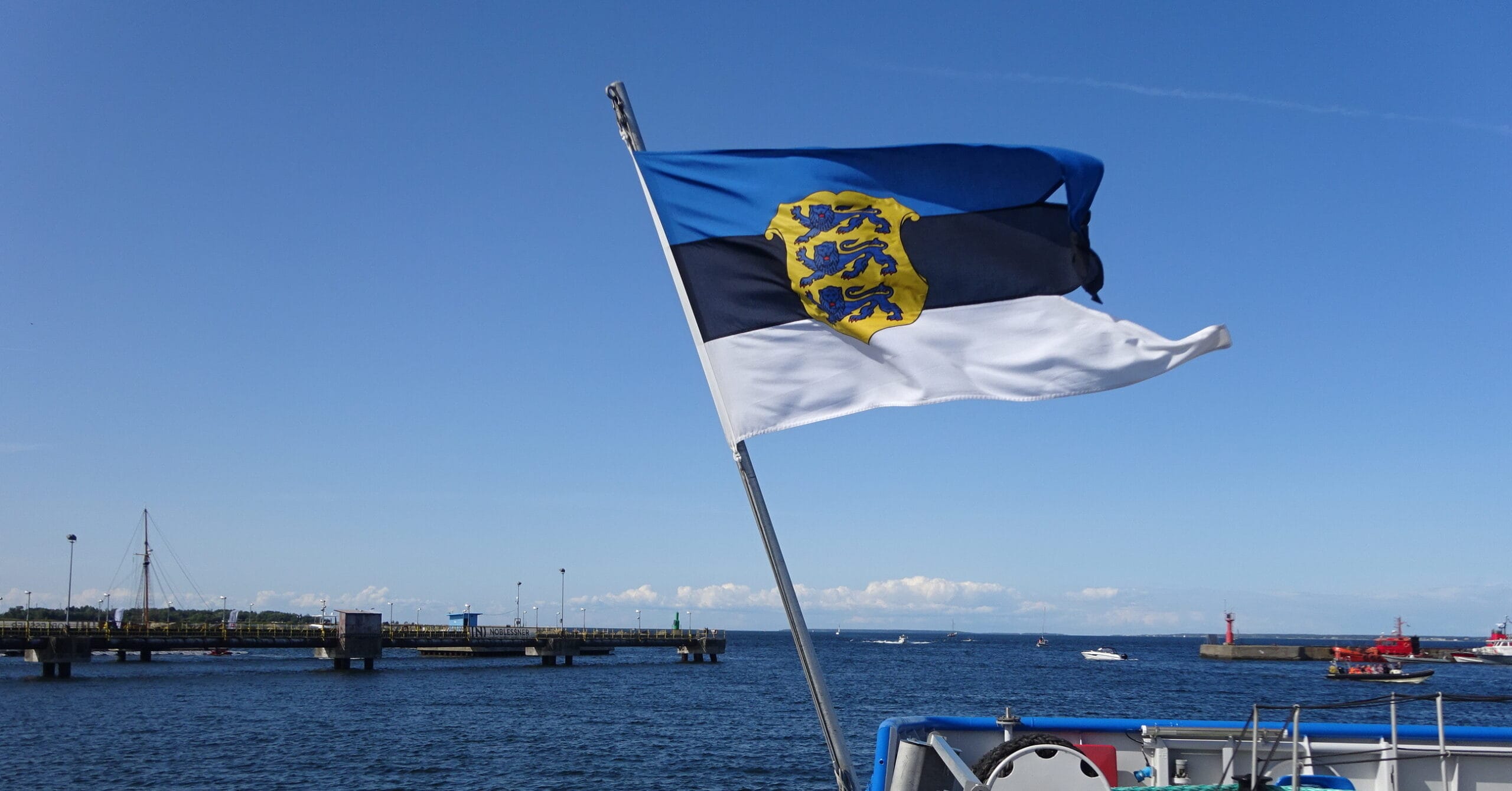In April 2025, news appeared in the Russian media about a recently adopted law in Estonia, which allegedly allows the local military to attack civilian ships suspected of intending to damage underwater infrastructure. We have checked the correctness of such publications.
In early April, Russian media reported that at first parliament, and then president Estonia approved a new bill that expanded the powers of the country's Defense Forces and Navy. “Estonia’s decision to attack and even sink suspicious ships in the Baltic is disgusting, but Tallinn itself cannot do this, which means someone is behind the Estonians,” they quote “RIA Novosti» Commentary by Russian Presidential Aide Nikolai Patrushev. Notes on this topic were published inGazeta.ru", "Military Review" And EADaily. In addition to Patrushev, for example, a State Duma deputy gave his comments on this matter Andrey Kolesnik and host of the Solovyov Live channel Sergey Karnaukhov. Hundreds of posts about the new Estonian law can be found in Telegram, Facebook And "VKontakte"
At the end of 2024, the number of incidents with submarine cables in the Baltic Sea increased sharply. appeared on November 17 messages about damage to the undersea communication cable running between Lithuania and Sweden, and the next day the Finnish company Cinia reported about irregularities in the operation of the undersea fiber optic system connecting Germany and Finland. December 25 out of order Estlink 2 power cable between Estonia and Finland, and three days later - another three submarine communication cablesconnecting these two countries. Then the Finnish authorities arrested The Eagle S tanker, which was flying the Cook Islands flag, dragged its anchor along the bottom of the Gulf of Finland for more than 100 km, thereby damaging four cables. According to some reports, this tanker was part of the so-called shadow fleet - a network of ships transporting Russian oil bypassing sanctions.
The Estonian Maritime Safety Bill, adopted in April 2025, became answer to these increasing incidents in the Baltic Sea. Minister of Justice and Digital Technologies Liisa Pakosta notedthat damage to submarine cables and pipelines, even if caused by negligence, should be punishable. “The location of cables and pipelines is marked on navigation charts, and the risk of damage to communications by an anchor is well known to sailors,” Pakosta said when the bill was still being prepared.
On the website of the Estonian Parliament it saysthat accepted law gives the Defense Forces "sufficient flexibility" in responding to threats against critical infrastructure, ports and government defense installations. It also defines the measures that the Estonian military will be able to apply in the country's economic zone when carrying out its missions.
The Estonian Navy, indeed, has the right, in extreme cases, to sink a civilian ship if it poses a serious threat to safety. However, Russian media reports noticeably distort the rule of law - they do not say that suspicion, for example, of committing sabotage, is sufficient for an attack. IN text The law explicitly states: the Estonian military may use force only if the threat cannot be repelled by other means, including government surveillance measures and direct coercion, and the damage resulting from the use of force must be significantly less than the potential damage resulting from the threat. Actually, the sinking of a potentially dangerous ship is specified in the law as a last resort when the crew does not comply with the requirements to stop or leave Estonian territorial waters. The chairman of the parliamentary defense committee, Kalev Stoicescu, spoke about the same thing on April 9, on the eve of the vote on the bill. He specifically emphasized: Damage to submarine cables cannot be grounds for sinking a civilian ship.
Thus, the claim that Estonia has passed a law allowing suspicious ships to be sunk to protect undersea cables is a manipulation. The new law does expand the powers of the Defense Forces to provide maritime security. However, it explicitly states that sinking a ship is possible only in exceptional cases, when there is a clear risk of damage to critical infrastructure, and all other measures have proven ineffective.
Cover photo: Pjotr Mahhonin / Wikimedia Commons
- The Insider. Fake RIA Novosti: Estonia has passed a law allowing the sinking of civilian ships suspected of damaging submarine cables
- "New newspaper. Baltic". Not just an energy cable. Why did the Finns board the Eagle S tanker and what will the new precedent in maritime law lead to?
- OCCRP. How European ships end up in the Russian shadow fleet
If you find a spelling or grammatical error, please let us know by highlighting the error text and clicking Ctrl+Enter.






